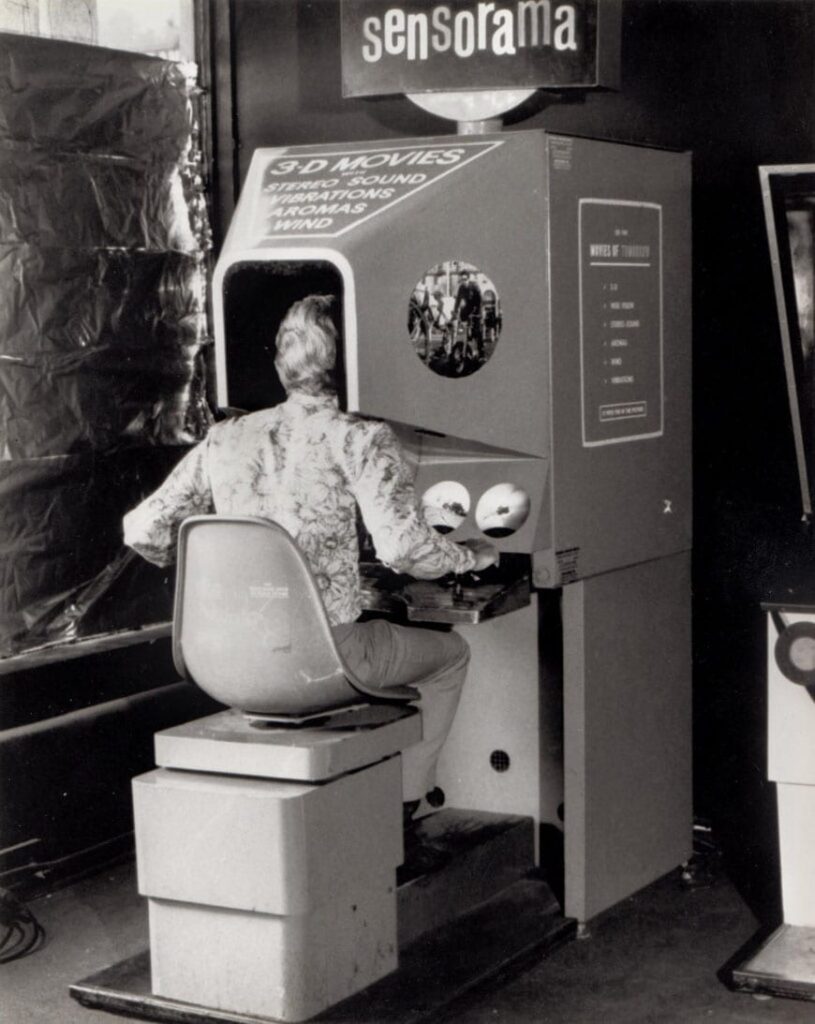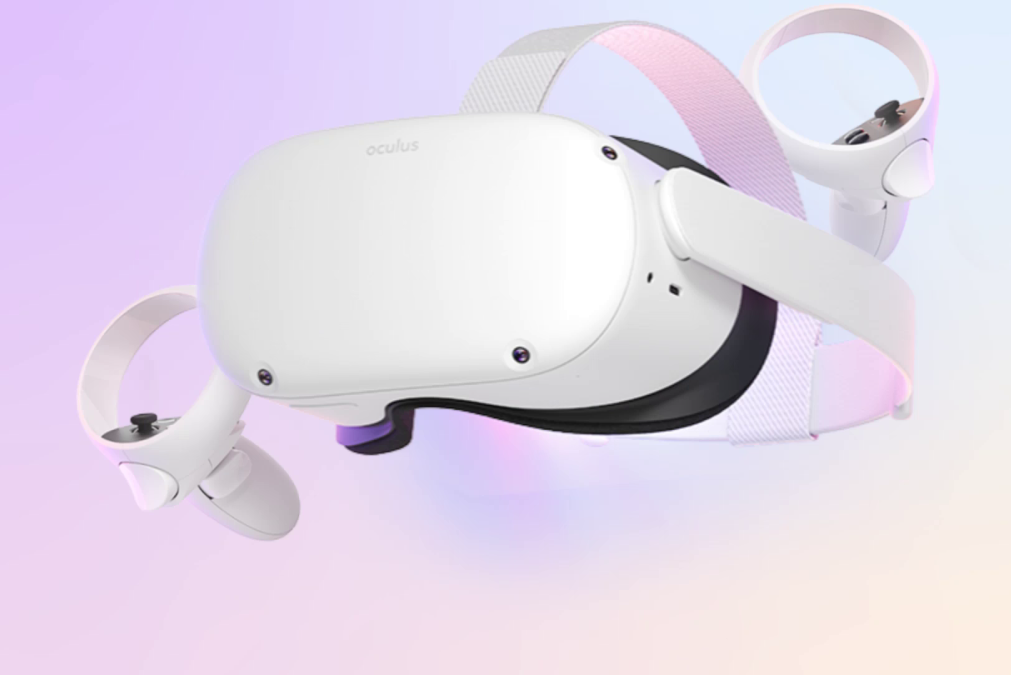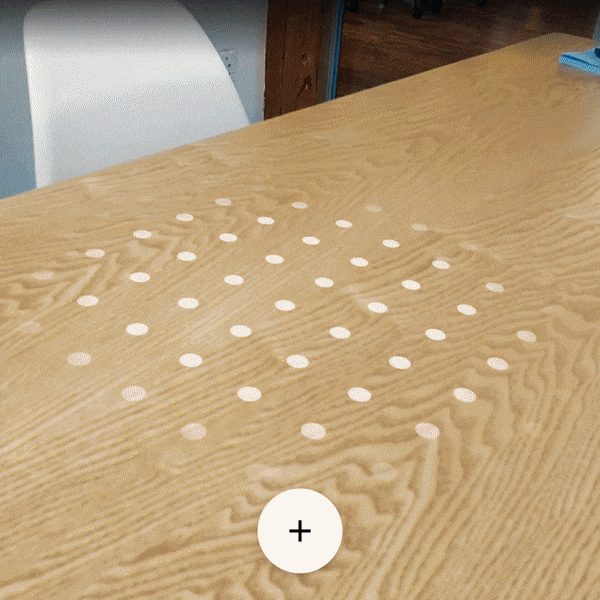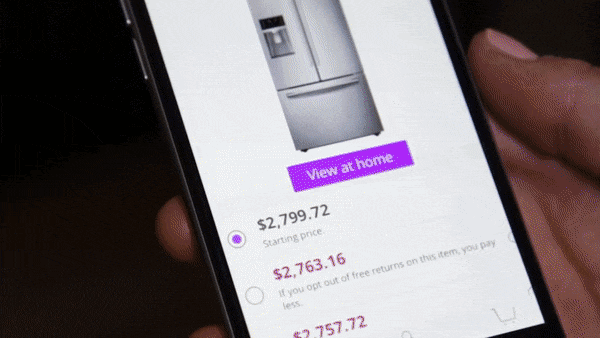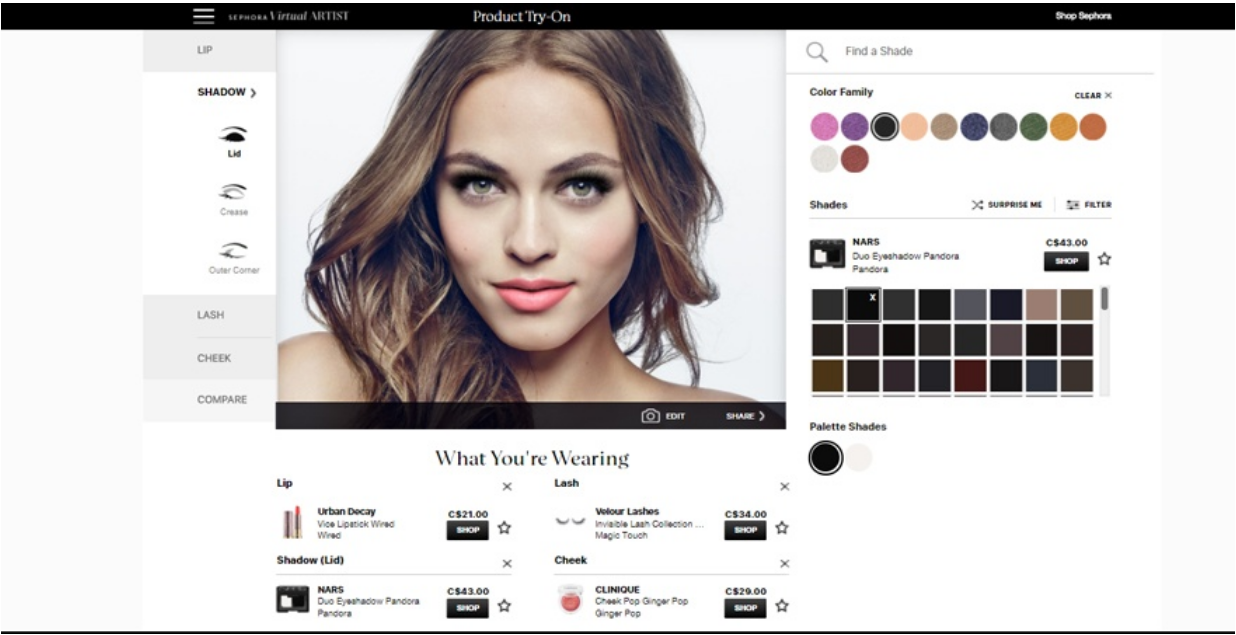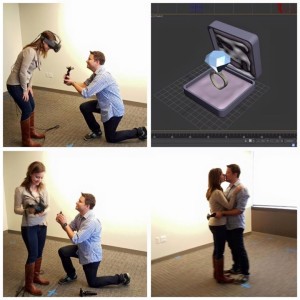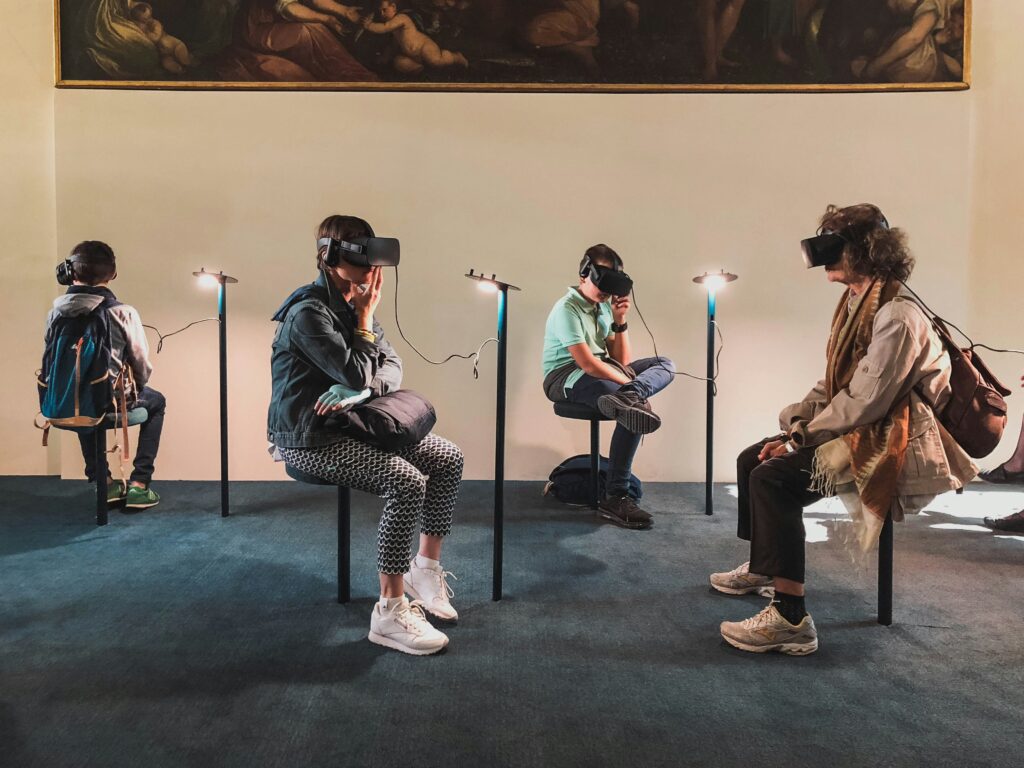
Apple announced the Vision Pro at its Worldwide Developer Conference last year. This is the first new product category in years for the company.
It’s a $3,500 wearable computing platform you don over your head.
The headset has been in the works for years, with Apple taking its familiar wait-and-see approach while other giant tech companies have dived headfirst into the AR/VR market. The new platform and headset have massive implications for the rest of the market; once Apple wades into a product category, it often both validates the category and obviates competitors.
The device was described by Tim Cook (CEO of Apple) as “…the first product you look through, and not at. You can see, hear, and act with digital content just like it’s in your physical space. You’re no longer limited by a display.”
“Apple Vision Pro will introduce spatial computing” similar to the way the iPhone introduced mobile computing.“
“Apple Vision Pro will change the way we communicate and collaborate,” he said.
The Apple headset allows the wearer to see the real or physical world around them, unlike VR headsets that fully envelop the face and limit visibility. There’s a floating “Home View” visible as soon as the wearer straps it on. The company expects people will wear this as part of their day-to-day.
The Vision Pro operates completely independently, so you don’t need to pair it with another device. Once you’re wearing it, you’ll be interfacing with visionOS, Apple’s new spatial operating system which offers a unique software experience that somehow feels familiar. It’s kind of like iOS but suspended in midair. You can watch movies, revisit memories in the Photos app, play games, and even do some work.
This last point is the most attractive. You can connect a wireless keyboard and mouse to the Vision Pro if you want to get real work done, or you can stare at your MacBook’s screen to bring it into visionOS over Wi-Fi (powered by the laptop); here, you can add other virtual screens to supplement your work.
The headset features 4K displays, infrared cameras, and LED illuminators. The field of view isn’t limited, which means it’s likely not using the waveguide lens technology common on other augmented-reality headsets (which refract light and cast virtual objects into the wearer’s eyes.) It’s running on Apple’s M2 chip, as well as a new, mixed-reality-specific R1 chip.
One of the notable features of the Vision Pro headset is its small dial, which lets wearers alternate between mixed-reality mode—seeing more of the real world—and virtual-reality mode, which offers more immersive face-computing. It also relies on voice input, including Siri, to open and close apps and play media. Tiny spatial audio speakers are nestled in the soft headband.
The Vision Pro is equipped with an external battery pack, similar to how other augmented-reality headsets, such as NReal’s glasses and Magic Leap’s headsets, have been designed. This sometimes makes for a clunkier experience overall, but it means the headset is lighter.
A new technology called Eyesight is touted. When someone is nearby, they’ll suddenly appear in your view, even if you’re using the headset in a more immersive mode. There’s also the option to capture a spatial photo or video from directly within the headset, thanks to a built-in 3D camera. (The same 3D camera will capture your image and create a realistic 3D avatar of you.)
What the experience of getting to try Vision Pro last year at WWDC was like? At the start, you’re asked to scan your face twice on an iPhone, just like you would to set up Face ID.
Some of the apps are native Apple apps, such as FaceTime. You can also send emails, surf the web, and connect with external accessories for work. The official launch of Vision Pro means other app makers can start building or tweaking their apps for Apple’s latest platform. For example, Microsoft apps, such as Teams. Unity-based games will also be portable to the headset. The new platform could create new immersive experiences for Disney fans and teed off a demo of the Disney+ app being used in VR. Disney+ will be available at launch.
In conclusion, the technology is impressive. And as it progresses it will inevitably shrink so that one day, you’ll just be wearing normal-looking glasses.
Resources:
https://www.wired.com/story/apple-vision-pro-specs-price-release-date/

